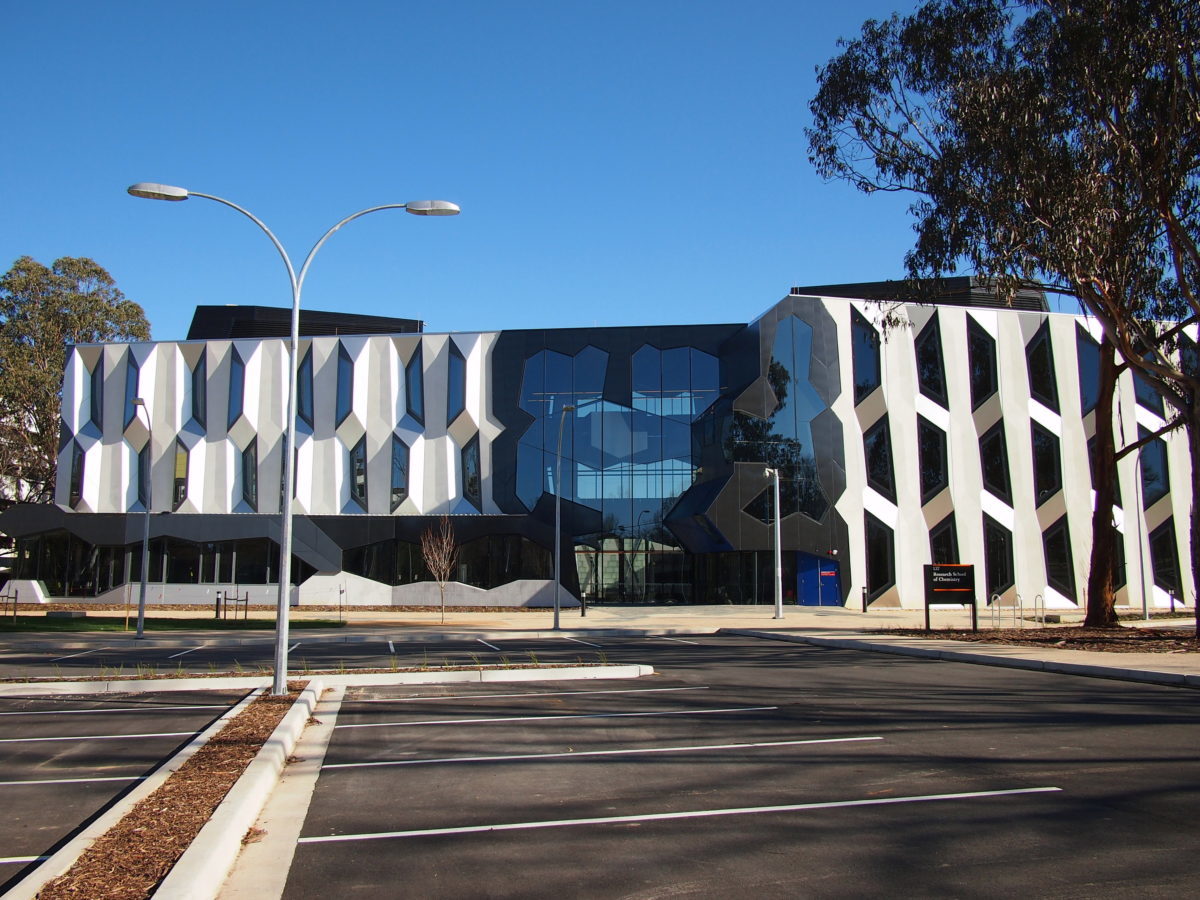Scientists led by Australia National University (ANU) have made several new observations on the degradation behavior of passivation layers in silicon solar cells. These include the presence of a degradation and subsequent regeneration process in phosphorous doped polysilicon passivation layers, found to be strongly influenced by light intensity and temperature during annealing and light soaking stages.
While the mechanisms behind it are still not fully understood, the discovery could bring about changes in the industrial processes used in silicon PV cell production, and also offers further evidence of the need to better understand the role of hydrogen in silicon cell chemistry.
Passivation layers play a key role within a solar cell, preventing corrosion and other reactions between the cell materials and the ambient in which they will be used. Less well understood are the long-term interactions of the passivation layer itself with said environment.
The ANU led group, which also included scientists from Chinese module giant JinkoSolar, investigated the long-term stability of phosphorous doped silicon passivation layers in n-type silicon, illuminating various samples at elevated temperatures. With different samples they sought to explore the influence of various factors, including the passivation layer fabrication and deposition process, firing profile and the presence and properties of silicon nitride capping film.
Their observations and results are published in the paper Long-term stability study of the passivation quality of polysilicon-based passivation layers for silicon solar cells, published in Solar Energy Materials and Solar Cells.
Unexpected recovery
The group found that the phosphorous doped polysilicon contacts degraded during dark annealing and light soaking at temperatures, leading to higher rates of recombination and therefore lower cell performance. This type of degradation is only observed on wafers that had undergone a firing process, with non-fired wafers exhibiting stable passivation quality.
The group was surprised to find that under certain conditions, samples would ‘recover’ from this degradation, regaining much of their initial performance. This recovery process is still not fully understood, but is thought to be entirely dependent on the presence of a silicon nitride capping layer (samples with this layer removed suffered significantly worse degradation with no recovery), and is also strongly influenced by temperature and light intensity.
The group suggests further work to reveal the important role played by silicon nitride here, and theorizes that the presence of hydrogen may also be a key factor.
This content is protected by copyright and may not be reused. If you want to cooperate with us and would like to reuse some of our content, please contact: editors@pv-magazine.com.









By submitting this form you agree to pv magazine using your data for the purposes of publishing your comment.
Your personal data will only be disclosed or otherwise transmitted to third parties for the purposes of spam filtering or if this is necessary for technical maintenance of the website. Any other transfer to third parties will not take place unless this is justified on the basis of applicable data protection regulations or if pv magazine is legally obliged to do so.
You may revoke this consent at any time with effect for the future, in which case your personal data will be deleted immediately. Otherwise, your data will be deleted if pv magazine has processed your request or the purpose of data storage is fulfilled.
Further information on data privacy can be found in our Data Protection Policy.